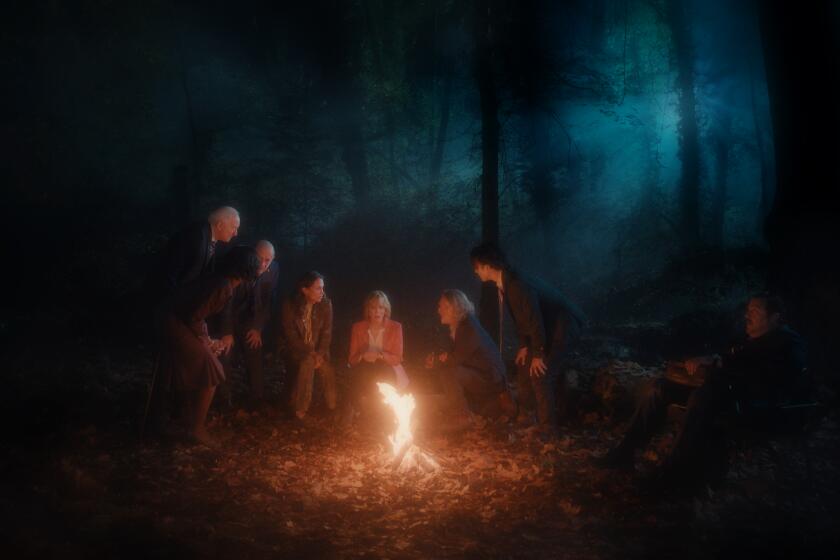Pac Bell Plans New Way to Get Films to Theaters
In a move that could spell dramatic cost cuts for the film distribution industry, Pacific Bell said Monday that it is planning to develop an electronic service to enable movie studios to transmit films to theaters over fiber-optic telephone lines.
Under the system, the individual dots that make up images on film could be encoded as computer data and transmitted from studios to movie houses.
The system could eliminate the costly duplication of film reels and use of couriers to deliver the film copies to theaters. But film industry executives have questions about whether phone delivery will be economical in the near future because of the cost of equipment and uncertainty of the quality of transmissions.
Pacific Bell plans to demonstrate the “cinema of the future” system in conjunction with Sony Pictures Entertainment during the Texpo telecommunications show next week in Anaheim.
The distribution system also could improve viewing quality because the movies would be projected in the high-definition television (HDTV) format. And it would allow theaters to show a wider variety of entertainment, such as pay-per-view sporting events or rock concerts.
Richard Mizer, a Pacific Bell product engineer in San Ramon, acknowledged that questions remain about the system’s commercial viability.
He said that costs of sharper-quality HDTV transmission and communications equipment will have to come down to make it affordable for theaters. And the studios would have to be linked to theaters via a fiber-optic network.
“It’s a technology that becomes more affordable with economies of scale,” Mizer said.
Also, while HDTV transmissions are expected to improve the quality of video shown in a movie theater, they may not provide sufficient quality to replace the 35-millimeter film.
Indeed, although “electronic cinemas” have been under consideration for some time by the major Hollywood studios, the biggest hurdle has been in picture projection.
“Any kind of electronic cinema is going to require somebody to come up with a light valve--a means of getting light on a screen,” said Dan Slusser, senior vice president and general manager of Universal City Studios. Then, “electronic cinemas will become a workable concept. So far it’s not.”
Electronic cinemas could have their movies delivered not just by fiber-optic telephone lines, but also by laser disks or cassettes. Digital transmission could save Hollywood $500 million annually in film processing, duplication and shipping costs, Slusser estimated.
Mizer noted that a number of companies are working on solving the “light valve” problem.
Greg Rutkowski, vice president of western operations for the AMC Entertainment Inc. theater chain, said his company has been aware of the project for some time.
“It appears on paper that this project has a lot of potential,” he said. We’ll have to see what form it takes in the long run.”
If the technology can be developed, Rutkowski said, the distribution system would enable movie theaters to better compete with the rapidly changing cable television and video industries.
Times staff writer John Lippman contributed to this report.
More to Read
The biggest entertainment stories
Get our big stories about Hollywood, film, television, music, arts, culture and more right in your inbox as soon as they publish.
You may occasionally receive promotional content from the Los Angeles Times.










